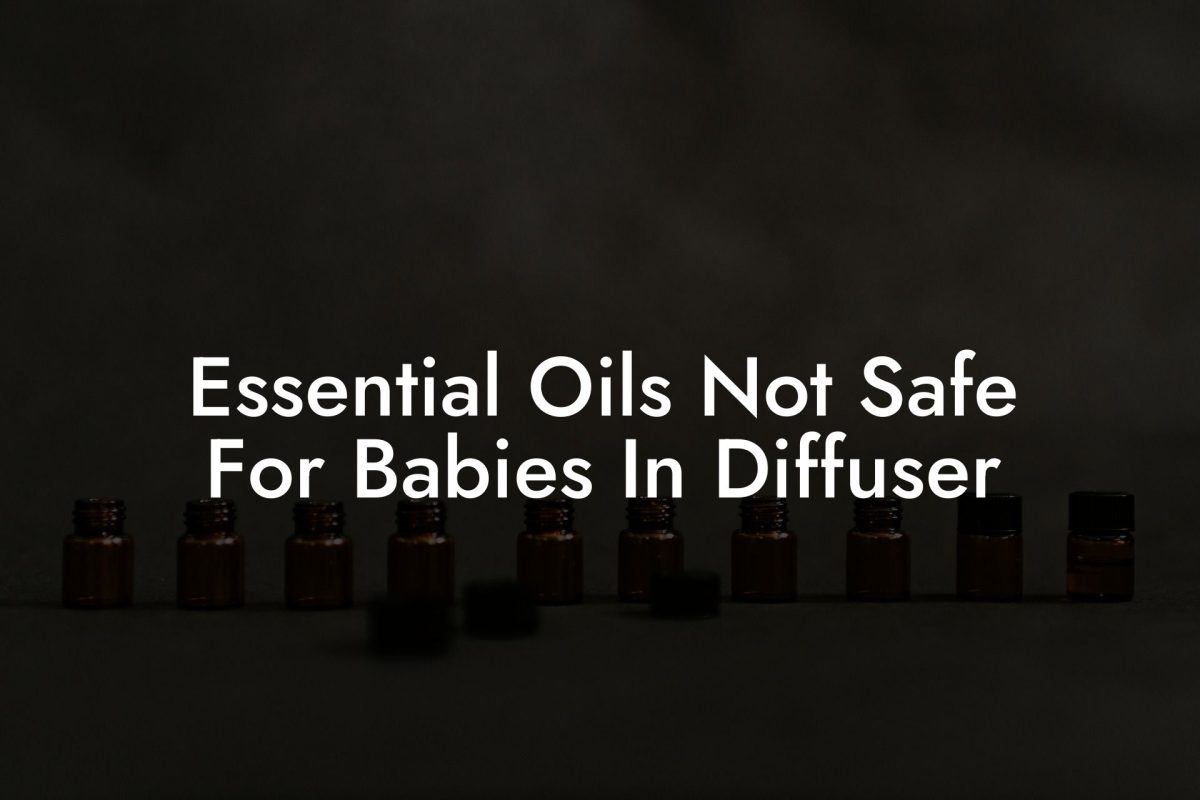Discover the art of creating your unique, all-natural perfume using essential oils. In this guide, we will take you through the simple steps of making your own perfume while exploring the world of scent profiles and helping you craft a gorgeous aroma that reflects your individuality.
Table of Contents
Understanding Essential Oil Perfume Notes
Creating a perfume from essential oils involves understanding the different aroma “notes.” These notes are categorized into three types: top, middle, and base notes.
- Top notes: These are the initial scents you perceive when smelling a perfume. They are usually light and volatile, which means they evaporate quickly. Examples include citrus oils (lemon, grapefruit), mint oils (peppermint, spearmint), and some floral oils (lavender, eucalyptus).
- Middle notes: As top notes dissipate, middle notes become more apparent. They add character to the perfume and balance out the scent. Common middle notes include herbal oils (rosemary, chamomile), florals (jasmine, ylang-ylang), and spices (cinnamon, clove).
- Base notes: These oils have the longest staying power and provide a deep, foundational scent to anchor the perfume. Examples of base notes are woody oils (sandalwood, cedarwood), resins (frankincense, myrrh), and some spices (vanilla, patchouli).
Choosing and Blending Your Essential Oils
The key to a well-rounded essential oil perfume is to choose complementary notes. A good rule of thumb is to select one or two oils from each note category. Here are some suggestions:
- Bergamot (top), rose (middle), and sandalwood (base)
- Grapefruit (top), geranium (middle), and vanilla (base)
- Peppermint (top), lavender (middle), and patchouli (base)
Feel free to experiment and let your creativity flow. Once you have chosen your essential oils, begin blending them. Start with a few drops of each oil and modify the proportions as needed. You’ll typically want to use more base notes than middle notes, and more middle notes than top notes. Keep a notebook handy to track your blend so you can recreate or adjust your recipe later on.
Creating Your Perfume Base
While essential oils provide the scent, you will need a base to dilute them and create a wearable perfume. Choices for perfume bases include:
- Carrier oils: Jojoba and sweet almond oil are popular choices due to their light scent and excellent skin-softening properties. Avoid using oils with strong scents, like coconut or olive oil, as they can interfere with your perfume’s aroma.
- Alcohol: High-proof, unscented alcohol (such as vodka) helps preserve the essential oils and diffuse their scent when applied. This creates a more traditional “spray-on” perfume.
- Water: Although water does not blend well with essential oils, you can use a water-based perfume for a more gentle, subtle scent. To improve blending, add a few drops of a solubilizer like polysorbate 20. Always shake well before applying.
Mixing and Storing Your Perfume
Once you have your essential oils blend and perfume base, it’s time to mix them. As a general guideline, use 10-20 drops of your essential oil blend per ounce of carrier oil, alcohol, or water. For a stronger perfume, increase the quantity of essential oils used. Mix the oil blend and base thoroughly, then transfer to a dark glass bottle (to protect the oils from sunlight) and cap tightly.
It’s best to allow your perfume to sit for a few days to let the scents meld and develop. After this “rest” period, test your perfume and adjust the blend if needed.
How To Make Perfume From Essential Oils Example:
Imagine creating a soothing, calming perfume using a blend of lavender (top note), chamomile (middle note), and sandalwood (base note). Begin by mixing 4 drops of lavender, 3 drops of chamomile, and 3 drops of sandalwood in a small glass container. In a separate container, measure 1 ounce of jojoba oil. Add 15 drops of your essential oil blend to the jojoba oil and mix well. Pour the mixture into a dark glass bottle and cap tightly. Allow the perfume to rest for a few days before testing and adjusting as needed.
Now that you know how to make your own essential oil perfume, the possibilities are virtually endless. Embrace your newfound skill and explore a world of aromatic combinations to create signature scents tailored just for you. Share this guide with friends and family so they can experience the magic of crafting personalized perfumes, and don’t forget to explore the Oshu Oils range of essential oils and other informative guides on our website.





















